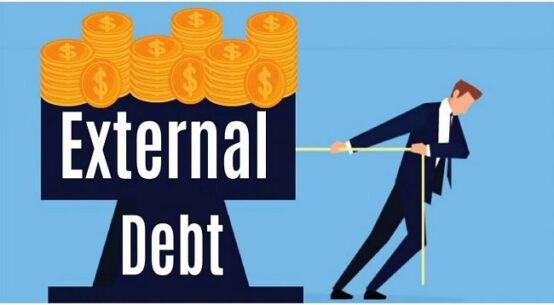
The Kremlin will not be able to afford a sustained war effort in Ukraine for much longer.
Russia is likely to lose this war, which began a little over six months ago. It has already lost geopolitically: its existential goal of bringing Ukrainians, who have now turned entirely to the West, back into its sphere of influence, has fallen through. Vladimir Putin has pushed Sweden and Finland to join NATO.
His main point of support in Europe, Germany, has been denuded. And the EU-27 will do everything to do without its hydrocarbons. What ally and important outlet does it have left, apart from China?
At the risk of a certain vassalization. But what about the outcome of the war itself, which is more important to public opinion than to the protagonists?
The prognosis may seem staggering, given that the world’s second-largest army, on paper, is facing a country with only a handful of operational divisions in 2014. But in the long run, the defeat of the Russian army, at least the loss of the territories conquered since the beginning of the invasion, six months ago, seems likely. The reasons are both economic and military.
Indeed, Western sanctions are considerably hampering the Russian war effort. Certainly, they have not brought its economy to its knees, as some have claimed: this was not possible, given the country’s well-known resilience, and would have been counterproductive, in addition to being ethically questionable.
But key sectors are being strangled by the cessation of Western imports. Car production has been divided by ten by June 2022, domestic airlines will be grounded one after the other due to lack of maintenance. And the strength of the Ruble, which is often cited by opponents of sanctions, is nothing but a sham: it is simply because few Russian importers now have to sell rubles to pay for their purchases.
Moscow is betting on a “fatigue” of the European public opinion, for the moment hardly tangible, in particular by cutting gas to push the German industry to implore a lifting of the sanctions. This hypothetical gamble would also deprive it of a third of its foreign exchange earnings. Given the discount on oil sales due to the reputational risk of its customers, once the necessary imports have been paid for, it would only have $300 million a day left to finance its war effort. This is barely enough to replace about 50 Kalibr missiles.
One figure sums up how unequal the current economic tug-of-war is: Russia’s GDP, 1,700 billion dollars, is twenty-eight times lower than that of Kyiv’s allies.
Thus, Ukraine benefits from an uninterrupted flow of ultramodern Western weapons, French Caesar guns, British M270 mobile missile launchers, and especially the 16 American Himars batteries, which can destroy a hundred ammunition depots, radar systems, or batteries every day.
Paradoxically, Ukraine has more tanks today than at the beginning of the war, between those captured and those supplied by its allies, while its adversary has lost 1,300, the third of its operational fleet. Moscow has already used up 80% of its stock of cruise missiles, estimated at 3,000 warheads, and cannot reconstitute it, due to a lack of Western electronic components, except for a small amount on the black market. At the current rate of consumption, among the highest in history, of its conventional, short-range, and low-accuracy shells, specialists estimate that its artillery will be silenced in 6 to 8 months.
Moscow has also lost the strategic initiative. Its commandos and airborne troops hardly operate anymore, Chechen fighters are visible only on TikTok and its fleet is practically no longer employed. As for the planes, they are reluctant to enter Ukrainian airspace, at a rate of about fifteen missions per day, and could be neutralized this fall by American Nasams missiles.
Only the artillery, Moscow’s traditional centrepiece, is active at the moment.
Obvious mental wear and tear in the Russian army
American intelligence estimates that one-third of the contingent deployed before the invasion has been put out of action, or 80,000 soldiers killed or wounded. Moscow is now recruiting inexperienced fighters up to the age of 60. Wear and tear is also mental, with reports of desertions, late pay, and alcoholism.
Certainly, Ukraine has probably lost 20,000 to 30,000 men, and its counter-offensive towards the key city of Kherson, announced in early July 2022, is stalling. But it will continue its undermining work, methodically destroying Russian supply lines, now all within range of its missiles, and ammunition depots, targeted almost every day at this moment in this annexed Crimea that Moscow thought was a sanctuary.
Until the Russian troops, isolated, demoralized and deprived of ammunition, have no choice but to retreat or surrender. Because the only plausible outcome now on the Russian side is a humiliating defeat which is likely to make the dictator Vladimir Putin stagger in Russia itself. History has already shown us that bloodthirsty dictators have not been able to resist for long after a defeat as humiliating as the one that awaits Putin in the future.
It is just a matter of time before the defeat of Putin in Ukraine and then his fall in Russia.
(Disclaimer: The views and opinions expressed in this article are those of the author and do not necessarily reflect the official policy or position of The News Times)
Sylvain Saurel is an entrepreneur, developer, blogger and author of ‘In Bitcoin We Trust


